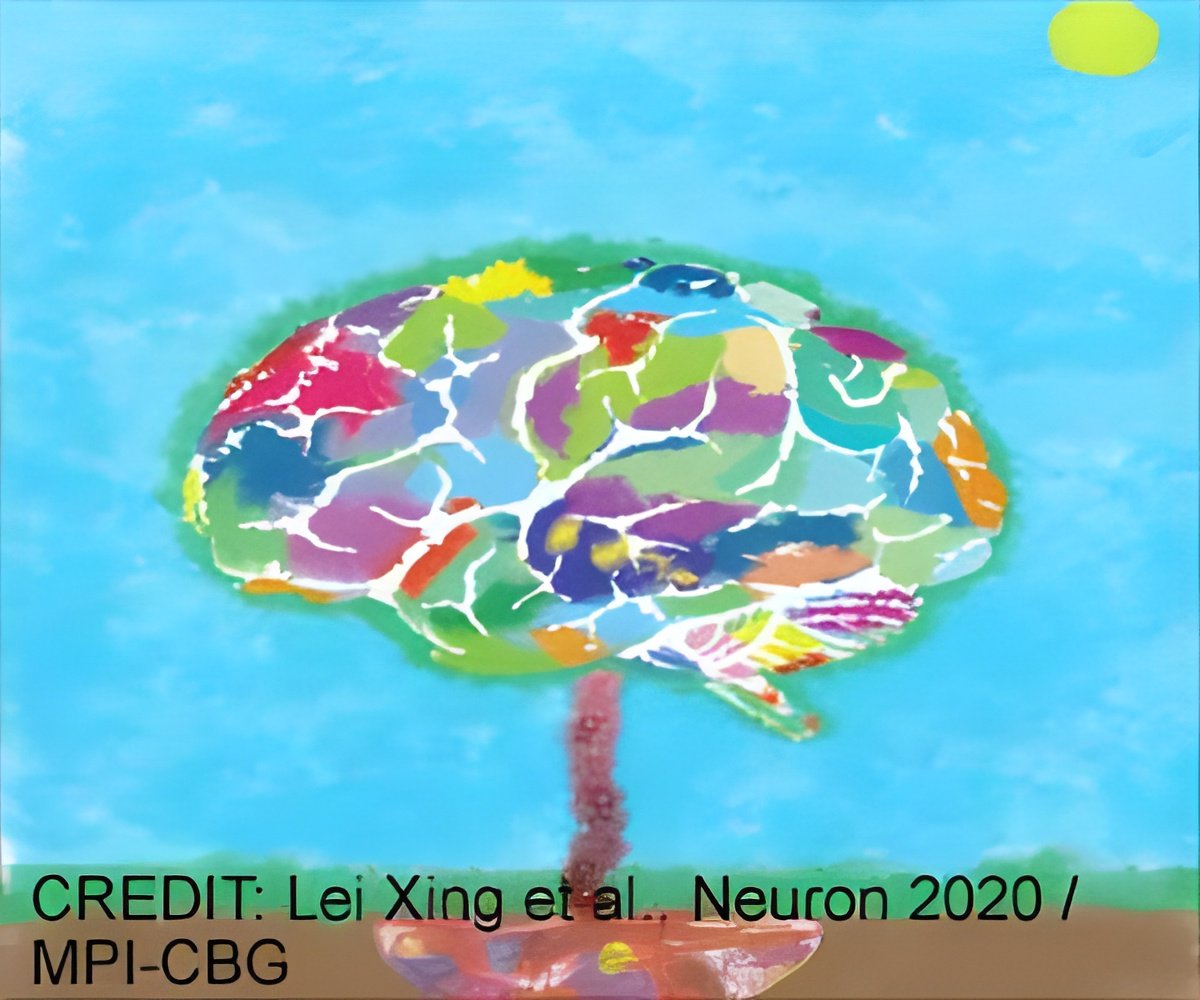
Scientists at Yale University have conducted a new study that sheds light on the brain regions involved in paranoia. The study, published in the journal Cell Reports, employed a novel approach that involved aligning data collected from monkeys with human data (1✔ ✔Trusted Source
Limbic links to paranoia: increased resting-state functional connectivity between amygdala, hippocampus and orbitofrontal cortex in schizophrenia patients with paranoia
).
Study links paranoia to specific brain regions, aiding future treatments. #brainresearch #mentalhealth’
Advertisement
Understanding Paranoia Through Behavior
Paranoia is a state of mind characterized by the belief that others intend to harm you. The ability to adjust beliefs about oneself and one’s surroundings is crucial for navigating a constantly changing environment. However, disruptions to this ability can lead to paranoia.
The Yale researchers used data from previous studies where both humans and monkeys performed the same task. This task assessed how participants perceived the volatility of their environment. Participants were presented with three options on a screen, each with varying probabilities of receiving a reward. After a set number of trials, the reward probabilities for the options switched unexpectedly.
Advertisement
Brain Regions and Their Roles
The researchers analyzed data from monkeys with lesions in two specific brain regions: the orbitofrontal cortex and the mediodorsal thalamus. The orbitofrontal cortex is associated with reward-related decision-making, while the mediodorsal thalamus relays environmental information to the brain’s decision-making centers. The researchers also included data from human participants with varying levels of paranoia.
Advertisement
Lesions and Behavioral Effects
The study found that lesions in both brain regions negatively affected the monkeys’ behavior, but in distinct ways. Monkeys with lesions in the orbitofrontal cortex persevered with the same choices even after not receiving a reward. In contrast, monkeys with lesions in the mediodorsal thalamus switched choices frequently, even after receiving a reward. This erratic behavior suggested that these monkeys perceived their environment as highly volatile, similar to the behavior observed in human participants with high paranoia.
These findings provide valuable insights into the role of the mediodorsal thalamus in human paranoia. Additionally, the cross-species approach offers a valuable framework for studying complex human behaviors in simpler animals. This approach can be used to understand how treatments for conditions like paranoia work in the brain and potentially lead to the development of new treatments for human paranoia.
Reference:
- Limbic links to paranoia: increased resting-state functional connectivity between amygdala, hippocampus and orbitofrontal cortex in schizophrenia patients with paranoia – (https://www.ncbi.nlm.nih.gov/pmc/articles/PMC9388427/)
Source-Medindia



